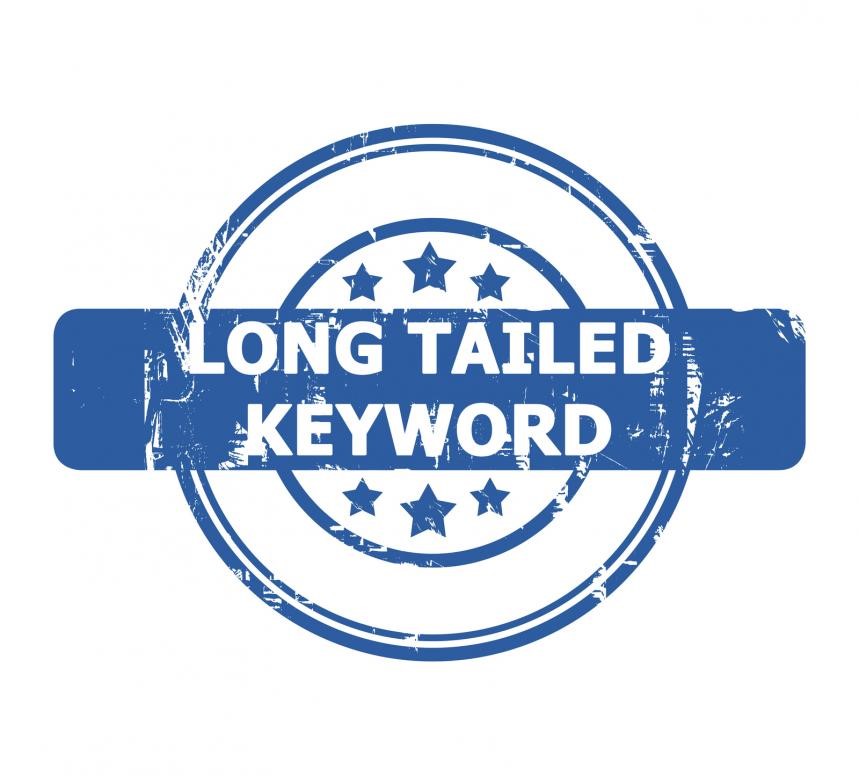Google’s search algorithms have been consistently evolving since the last decade. They have continued to optimize search results to give people exactly what they search for.
We see this in the form of snippets, ads, direct results from Wikipedia, Netflix, etc. All these tweaks and improvements have been in the service of getting more pertinent results.
This is why having the most relevant keywords and reiterating the same information doesn’t cut it anymore. Quality and value can add far more to a website’s rankings in search results than shortcuts.
The BERT Algorithm

Launched in 2019, BERT is Google’s user-focused optimization algorithm. BERT’s main focus is to match the search results for a specific user based on intent.
Instead of matching strings and serving the same search results to everyone, there will be different results for everyone. Hence, it’s more important than ever for companies to engage with their customers and give them what they want.
What this entails is taking more surveys, getting more information from customers about what they need.
It also entails listening to customers’ feedback through phone calls, emails, chats, etc. The comment sections of different blogs and comments on social media posts will, no doubt, also be relevant here.
Google’s Baby Algorithms
Baby algorithms were mentioned by Gary Illyes of Google at the Pubcon in October 2019. He described them as crawling around when triggered by a search.
According to him, there are millions of baby algorithms crawling around for each topic. Hence, it can help a website, a blog, or a video to use that algorithm rather than struggle for a general audience.
Hence, the ranking criteria for keywords around different topics may be wildly different. This makes sense to anyone that is ranking search results for multiple topics.
Of course, the same keywords wouldn’t appeal to the same people for different searches. What works in one vertical will probably not do so well in another.
Hence, regardless of the niche you’re writing for, you need to gauge the interests and search history of your audience. It will dictate how they will react to your keywords.
Relevance and Value Matter More than Ever

The one thing that the Google algorithm has been building towards all this time is to incentivize value. There are literally millions of results for each query on Google.
All of them aren’t going to be optimized for value and relevance. This is why search results change all the time.
However, if you want to optimize your content for relevance, you don’t just need the best keywords. You need to also offer your audience something different.
This entails answering direct questions or giving them something unique from other websites. For example, if you’re creating a web page on plumbing services, offer something different. You can offer details about the reasons for the most common plumbing expenses.
You could also talk to your niche about self-repair or how to improve their own practices to avoid plumbing bills. If you want to engage your audience with more stimulating blog posts, articles, or useful information, consider hiring content writing services.
This is just an example, of course, but the point is to provide value. The internet is littered with useless webpages that just reiterate the same factoids and information.
If you actually come up with something original that is useful to your audience, your ranking on search results will automatically improve.
User Experience Counts More

SEO isn’t just about how well-optimized your site is for certain keywords and topics. It has become more apparent that the UX and overall vibe of your website matter quite a bit. This is because slow websites, which aren’t optimized for mobile devices, have a high bounce rate.
High bounce rate means that Google will deprioritize your website on search results. It’s only logical. If a website is registering a high bounce rate, it means there is less valuable content there. Hence, it will drop down the search results ranking.
Moreover, the speed and the fluidity of your website directly impacts how users interact with it on their device.
They won’t like to go over the hassle of decluttering their phone or running an app to optimize speed. You should also take care as to how your website looks online. Jumbled text, overlapping layers, difficulty to read text impact the UX.
Mobile SEO Increases in Value as Mobile Devices Dominate

Mobile SEO is becoming a stronger trend as time goes on. It’s naturally due to the proliferation of mobile devices around the globe.
These include smartphones, tablets, and even laptops. Hence, searches, ads, articles, blogs, etc. that are specific to those devices will be favored. This can be most obviously seen in ads for apps which appear only on mobile devices.
It’s also apparent in the UI and UX for websites. Just look at Facebook’s redesign for the desktop and laptop.
It resembles the app version almost completely. The same can be said for Twitter, and Instagram. Mobile SEO is more powerful today than ever.
Hence, it’s in your best interest to build a site for mobile first. It’s more than likely that your first visitor will be on a smartphone.
Neglecting to do so will mean alienating your target audience. This isn’t an opinion, it’s a fact. With nearly all class boundaries inundated with options for smartphones, mobile visitors are a certainty on your website.
Don’t just work on design though, optimize for speed as well. Get rid of fluff and the unnecessary features. Work on building a website or blog that functions smoothly without hiccups. All of that will work in your favor.
Local SEO & Longtail Keywords

Local SEO isn’t something new. It’s been there for years since local businesses have been listed online. However, today, there is more incentive for ranking local businesses on search results.
People are more interested in finding out what’s in their area and what’s nearby. They’re more interested in getting quick solutions. Hence, ranking for local cities, areas, neighborhoods, cities, and even states is relevant.
Google will also begin to rank your name higher for industry-related searches if you become more prominent.
According to Alina Benny, SEO and Content Lead for Nextiva, you can do more than just make accurate landing pages.
You can publish original reports and compile valuable articles, etc. That way, Google will begin to see you as a valuable entity. That will improve your rank for local searches.
Long-tail Keywords
With the onset of voice search, there is more and more incentive to optimize blogs and articles with long-tail keywords. With voice search, people ask questions that are more direct. They don’t speak in statements and instead look for direct answers.
Hence, with long-tail keywords that appear in headings and statements, you have a better chance of attracting your audience.
Google’s SEO algorithms are changing all the time. However, they’re being refined to reach one goal, which is to provide the most valuable search results.
Hence, the most important thing is to play to that. In order to get the most traffic or the highest rank on search results, it’s crucial to provide relevance and value.
It’s important to lead your prospective audience to what they require and not go for shortcuts. In the long run, this is what will get you prolonged traffic and a loyal audience.
You May Like To Read:
- How Does SEO Impact Online Reputation?
- What is Technical SEO? (Updated for 2021)
- Why You Should Spend a Good Penny on High-End SEO Solutions
- 12 Worst SEO Mistakes To Avoid
Author Bio: Dave is the head of content writing at Content Development Pros. He is known to hire content writers that bring industry sensitivity and professionalism to the table. He enjoys reading Oscar Wilde and playing Indie games in his spare time.















